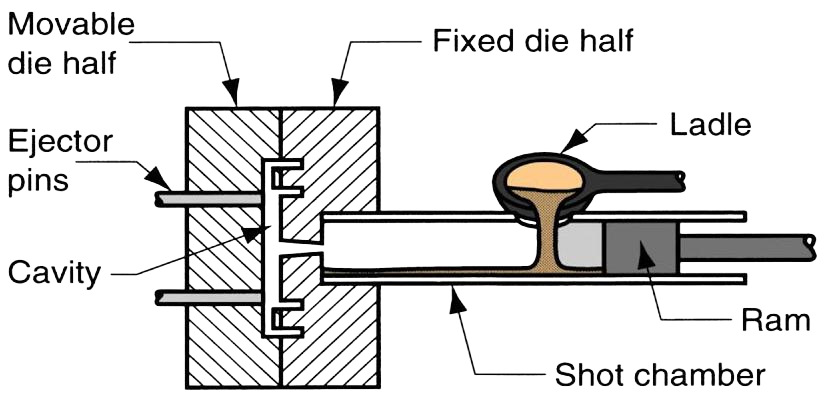
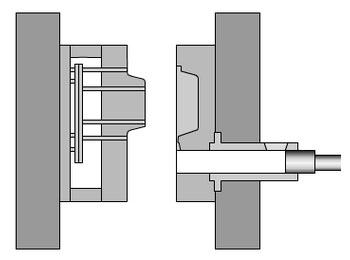
Fixed the mold into the machine,usually consisting of two parts: the moved half and fixed half
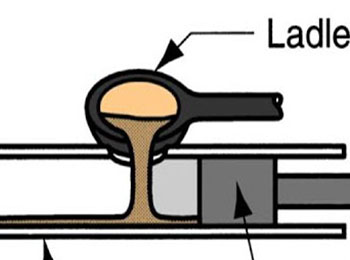
According to the required materials, heat metals (such as aluminum alloys,zinc alloys, ) to a suffficicient temperature to melt them into a liquid state.
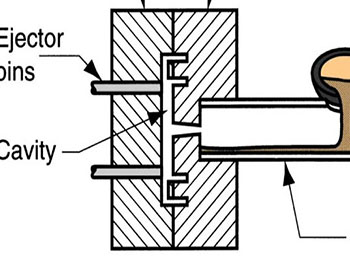
Merge the moved half and fixed half together to form a closed chamber
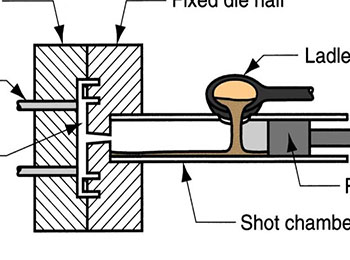
Molten metal is injected into a closed mold through the die casting machine. the process is usually controlled by a hydraulic system to ensure that metal fills whote cavity
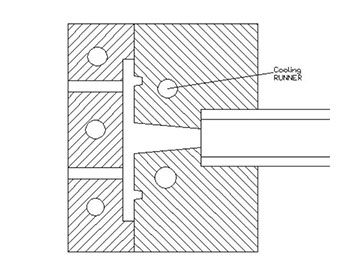
After metal fills the mold, mold will be rapidly cooled by cooling water or other cooling media,causing the molten metal to solidify rapidly
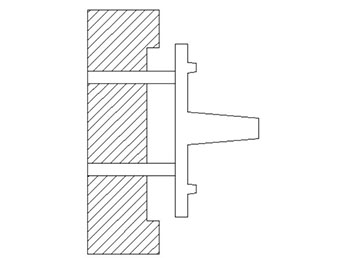
Once solidification is completed, the moved and fixed half will separate and uncover the meatl parts formed during the die-casting process
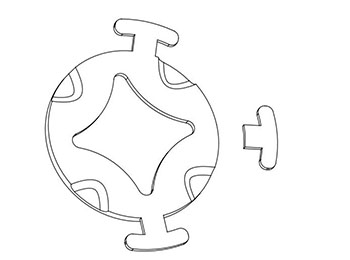
Remove any defective parts such as flash edges and excess materials.then,processing steps such as cutting, polishing, punching,
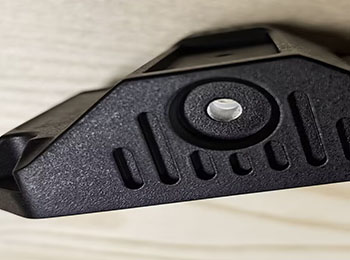
Surface treatment of die-casting parts, such as painting,electroplating, anodizing, as needed to improve appearcance quality and anti-corrosion performance
There are several main reasons for surface treatment of die-casting products:
Aesthetics and decoration: Through surface treatment, it can provide better appearance quality and decoration effect for die-casting products. For example, treatments such as spraying coatings, electroplating, or anodizing can present products with rich colors, glosses, and textures, enhance product aesthetics, and meet market demand and consumer aesthetic requirements.
Surface protection: Some metal materials are prone to oxidation, corrosion, wear, and environmental impact, and surface treatment can provide a protective layer to extend the service life of the product. For example, electroplating or coating can form a corrosion-resistant barrier on the surface of die-casting products to prevent metal oxidation or damage.
Improving functionality: Surface treatment can also improve the functionality of die-casting products. For example, special coatings can increase the friction resistance of products and provide better anti slip performance; Electroplating can improve conductivity and electromagnetic interference resistance.
Blocking defects: During the die-casting process, some defects may occur, such as bubbles, protrusions, defects, etc. By surface treatment, these defects can be covered or repaired, making the surface of the product smoother and more uniform.
Increase wear and corrosion resistance: Some surface treatment methods, such as coating, electroplating, etc., can improve the wear and corrosion resistance of products. This is very important for applications that require resistance to friction, chemical attack, or harsh environments, as it can extend the lifespan of the product and improve its performance.
| Material | Type | Finish | Application |
| Ai-Si Alloy | YL102(ADC1,A413.0) | Painting, Power Coating, Electroplate | Parts with high fluidity and good mechanical properties |
| YL104(ADC3、A360 | Painting, Power Coating, Electroplate | good casting performance and heat resistance, suitable for making automotive parts, motor housings | |
| Al-Si-Cu Alloy | YL112(A380、ADC10) | Painting, Power Coating, Electroplate | Good mechanical properties, fluidity, and surface smoothness, and is widely used in various complex shaped die-casting parts. |
| YL113(3830)、YL117(B390、ADC14)、ADC12 | Painting, Power Coating, Electroplate | Excellent fluidity and good mechanical properties are widely used in thin-walled and complex structure die-casting parts | |
| Al-Mg Alloy | 302(5180、ADC5)、ADC6 | Painting, Power Coating, Electroplate | Good of room temperature mechanical properties , Strong of corrosion resistance ,Good of oxidation coloring treatment. Commonly used to produce die-casting parts that require high strength and aesthetics, such as electronic consumer product casings, automotive decorative parts, |
| Wiesel Oxided Alloy | WSE-01 | Painting, Power Coating, Electroplate, Good for oxided Finish | Good heating Diffusion, Can use in heatsink part |
Provide Comprehensive Product Technology Solutions

